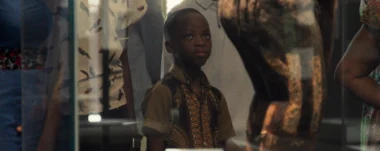Costa Rica’s Most Beloved Banknotes: A Window into History
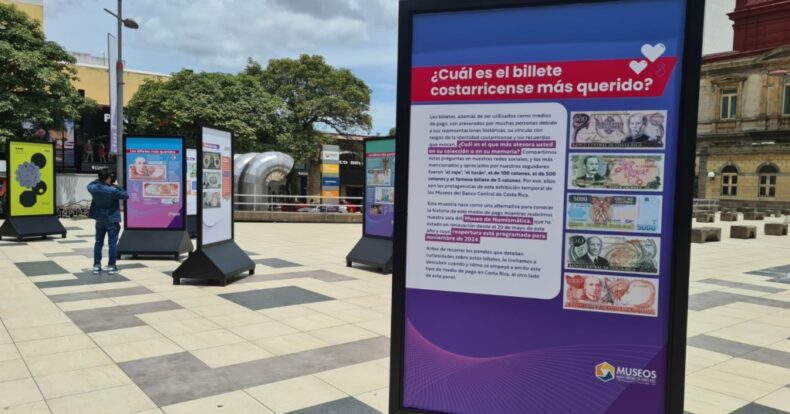
Costa Rica’s most beloved banknotes.
The famous five colones bill, the “red” note or the toucan are some of the most appreciated and remembered banknotes by Costa Ricans. In Costa Rica, the 5 thousand colones bill was colloquially known as “the toucan” because its design included the image of this emblematic bird. On the other hand, the 1,000 colones banknote is called “the red” due to its predominant color, a tradition that is still in force even with current designs. The five colones bill, with its representation of the “Allegory of coffee and bananas”, highlights the importance of agricultural work in the country’s economic development. These iconic banknotes, appreciated both for their design and symbolism, are on display in the exhibition The Most Beloved Banknotes, organized by the Museums of the Central Bank of Costa Rica. The exhibit, which will be on display through December 30 at the Plaza de la Cultura, celebrates the rich history of Costa Rican banknotes and their connection to national identity.
One of the most important aspects of this exhibition was the consultation carried out by the Museum on social networks, where its followers shared their favorite banknotes and the reasons behind their choices. These stories and comments inspired an educational and entertaining exhibition, ideal for collectors and those curious about the history of money in Costa Rica.
The most beloved banknotes : as art and memory
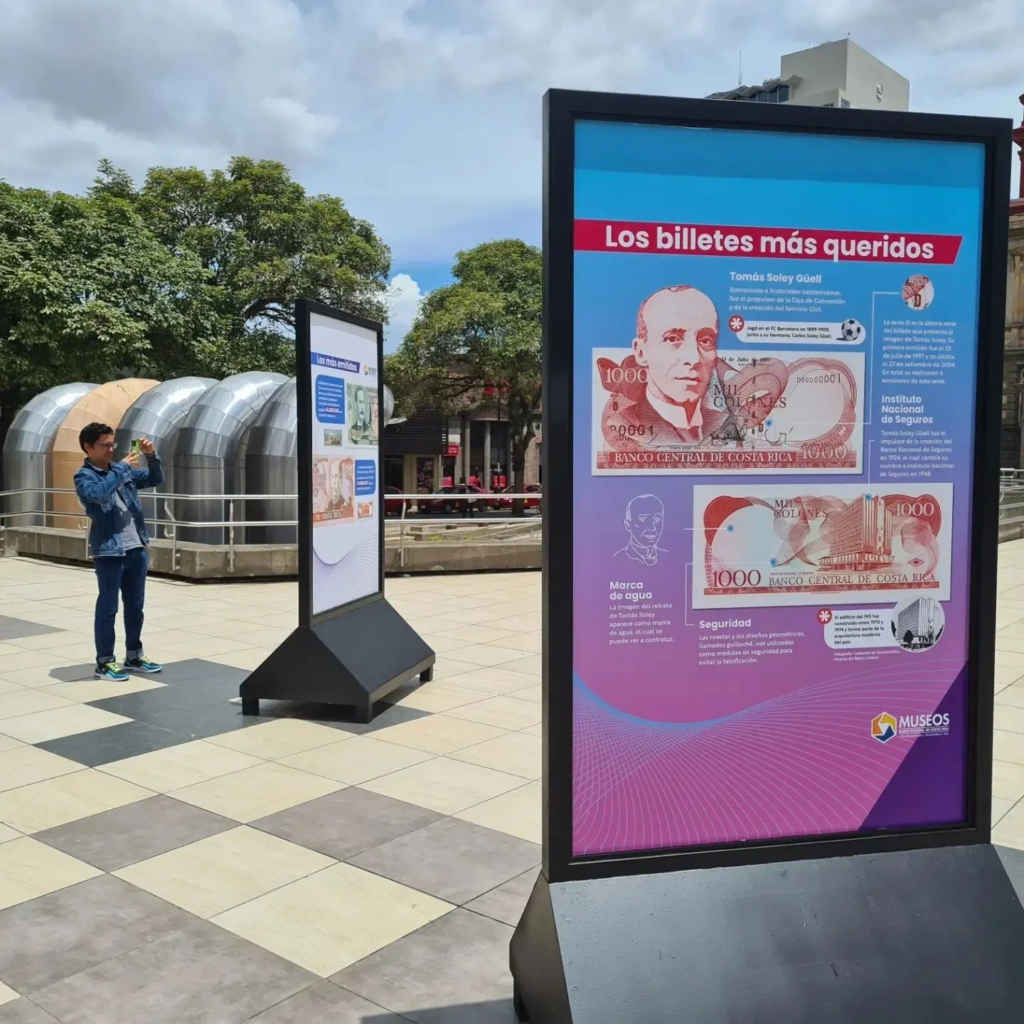
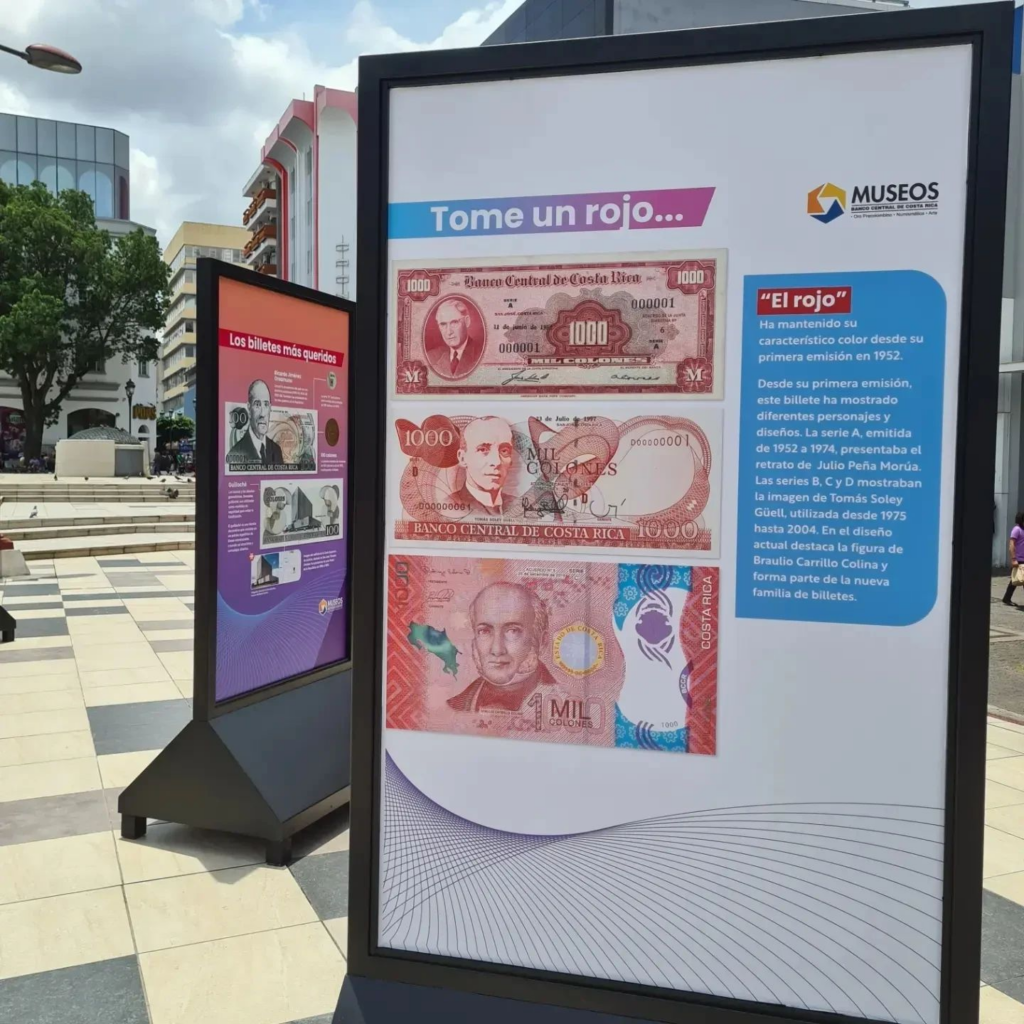
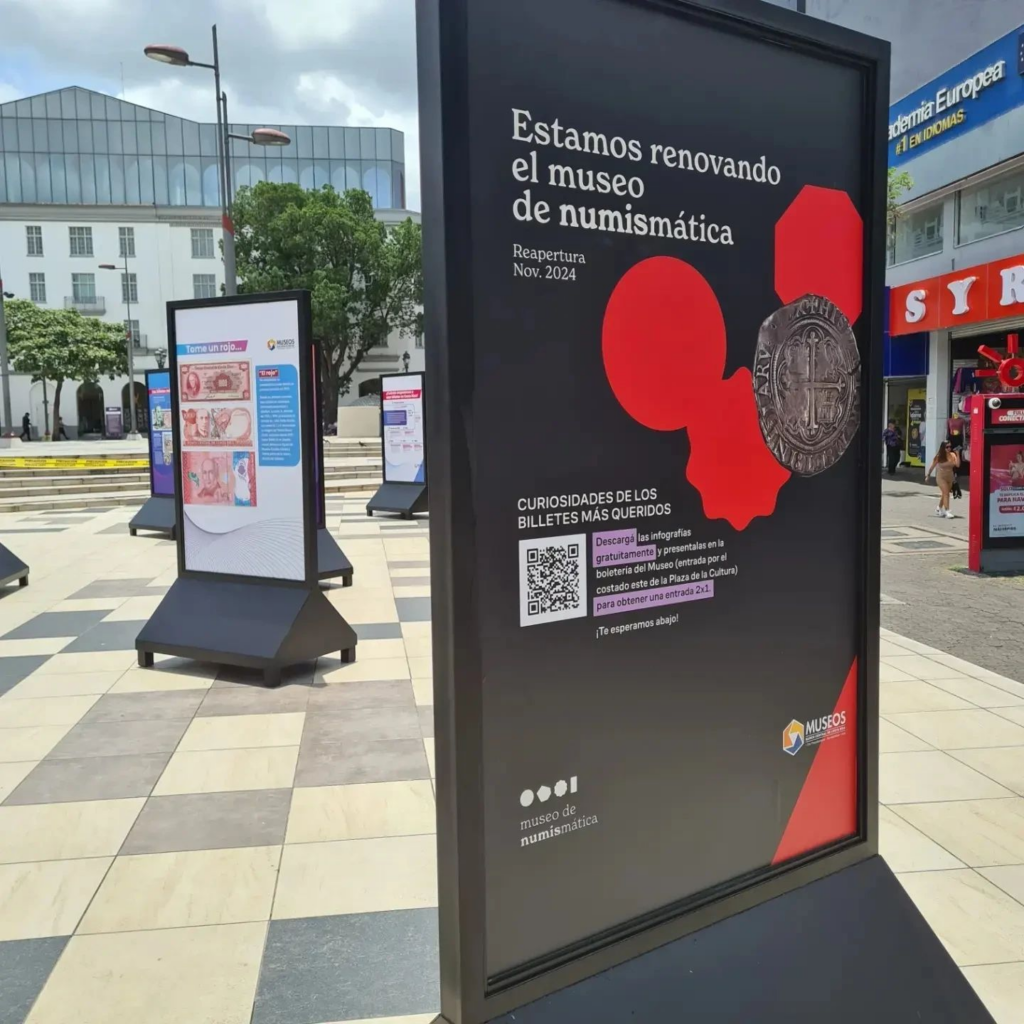
The exhibition highlights large-format images of some of the most emblematic banknotes, accompanied by curious facts about their designs, issues and circulation. Mariela Agüero, curator of numismatics at the Museums, explains:
Besides being used as a means of payment, banknotes are treasured by many people because of their historical representations, their link to features of Costa Rican identities and the memories they evoke.
For example, the exhibition tells anecdotes about why the 1000 colones bill was red at a certain time, how the 100 colones bill came to be known as “el billete de las vaquitas” and how pre-Columbian designs are present in banknotes such as the toucan.
A look into the past: the beginnings of paper money in Costa Rica
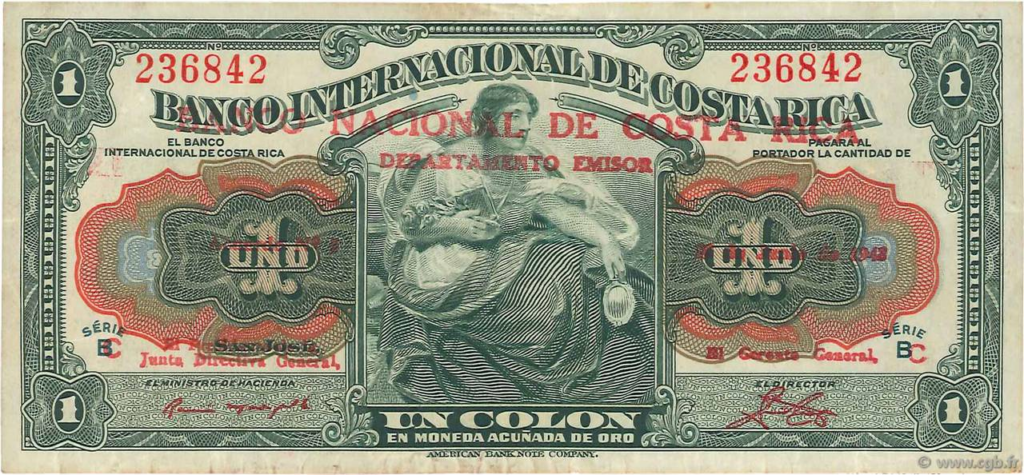
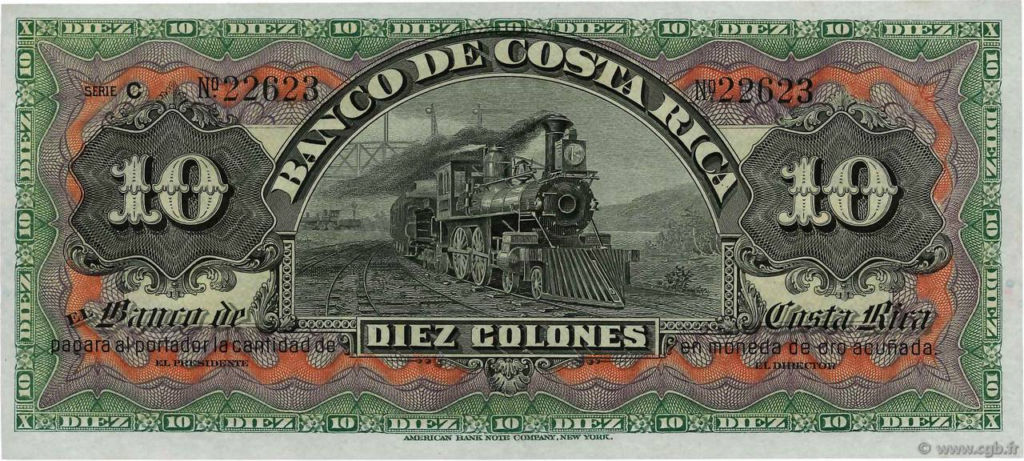
Paper money has a long history in the country, dating back to the colonial period in the 18th century, when vouchers and promissory notes began to be accepted as forms of payment. In 1858, the Banco Nacional de Costa Rica issued the first official banknotes, marking the beginning of a more organized monetary system. Beginning in the 1860s, private banks took over the issuance of banknotes, consolidating this means of payment as an essential tool for the national economy.
It was not until 1922 that the Caja de Conversión was created within the Banco Internacional de Costa Rica, centralizing the issuance of banknotes in a single state institution, which marked a turning point in the country’s numismatic history.
The reopening of the Numismatic Museum
The opportunity to delve into this fascinating history expands with the reopening of the Numismatic Museum in November 2024. This space, under renovation since May, will have a section dedicated exclusively to Costa Rican banknotes, offering a more complete and immersive experience to its visitors.
With initiatives such as The most beloved banknotes and the renovation of the Numismatic Museum, the Central Bank Museums invite new generations to discover the cultural and historical richness of banknotes. Beyond their economic function, these pieces of paper tell stories, evoke memories and connect us with our roots.
Sensorial Sunsets
Navigate articles




